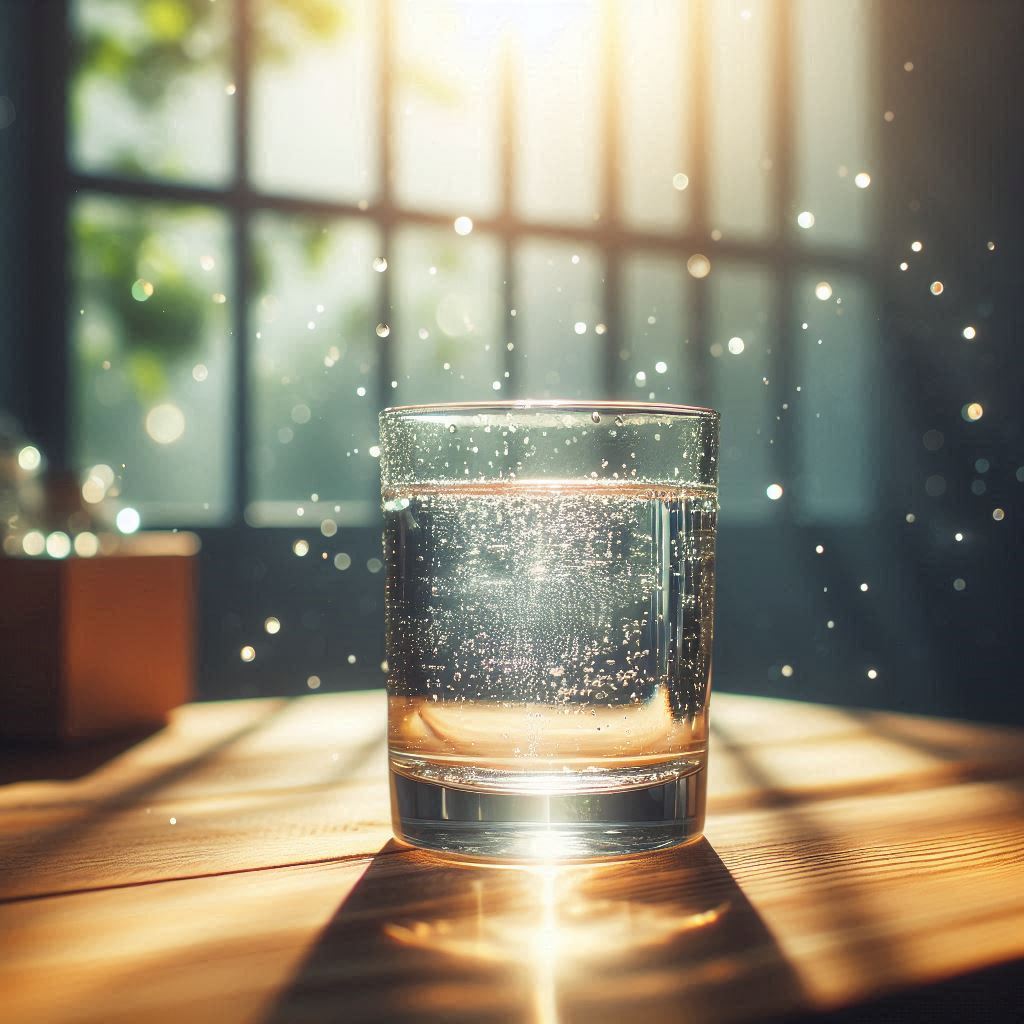Want to know how to remove chlorine from water? Okay, Picture you come home after a nice run and you take a refreshing sip of that much needed water only to be smacked in the face by a heavy-duty, chemical taste. Have you ever observed a distinctive odor or taste from the water in your tap? There’s a decent chance that chlorine may be the culprit.
Chlorine is used in water treatment plants to disinfect and eliminate harmful bacteria, can leave an unpleasant taste and may pose health risks with prolonged exposure. So, if you’re questioning how to remove chlorine from water, you’re not alone. Like trust me, chlorine was a headache for me as well. A lot of people are looking for methods to sanitize their water and improve its taste along with its safety. Let see which of the following may be suitable for you!
Table of Contents
1. Boiling Water
Boiling is one of the simplest and most affordable ways to remove chlorine from water. Chlorine is a volatile chemical, meaning it will evaporate when exposed to heat. By boiling water for 15 to 20 minutes, you can effectively remove chlorine. However, this method is less effective for chloramine, a compound commonly used as a disinfectant.
While boiling is easy, it doesn’t address other impurities like heavy metals or pesticides, which can still remain in the water. Additionally, boiling can be inefficient for large volumes of water.
2. Evaporation
Another simple method for how to remove chlorine from water is through evaporation. Chlorine naturally evaporates when exposed to air, so you can leave your water in an open container for 1 to 5 days. To speed up the process, you can aerate the water by using an air stone or any device that introduces air into the water.
This method is free and easy but takes time. It may not be practical if you need water immediately, and it’s less effective for chloramine removal. However, it’s a viable solution for small quantities of water that can be left to sit.
3. Reverse Osmosis Systems
For a more reliable solution to know how to remove chlorine from water, reverse osmosis (RO) is an excellent choice. This filtration system forces water through a semipermeable membrane, effectively removing chlorine along with a wide range of other contaminants, such as lead, fluoride, and pesticides. The carbon filter in an RO system is particularly effective at removing chlorine.
While an RO system offers a thorough and long-term solution, it’s more expensive than boiling or evaporation. Additionally, it requires maintenance and installation, but for households concerned about water purity, it’s one of the most efficient methods available.
4. UltraViolet (UV) Light
To remove chlorine from water we can also use UV light, though it is less common and less effective than other methods. When chlorine is exposed to UV rays, it undergoes a chemical breakdown. However, UV light is more effective for disinfection (killing bacteria and viruses) than for chlorine removal. The optimal UV wavelength for chlorine removal is between 180 and 200 nanometers.
UV light is usually used in conjunction with other methods, like filtration, as it doesn’t remove other contaminants such as heavy metals. While it can be part of a wide-ranging water treatment method, but depending just on UV light forthis process is not recommended.
5. Water Filtration Systems
Water filtration systems, particularly those with activated carbon filters, are one of the best ways to remove chlorine from water. Activated carbon traps chlorine molecules as water passes through the filter. These systems are available for under-sink installations or as whole-house filters.
Whole-house filtration systems ensure that chlorine is removed from both drinking and shower water, eliminating unpleasant tastes and odors throughout the home. For those who only want to purify drinking water, point-of-use filters are effective and affordable options. This method is best for long-standing usage.
How to Choose the Right Method
When seeing how to remove chlorine from water, it’s vital to evaluate aspects like price, speediness, and water quality. For speedy answers, boiling and evaporation are modest and not heavy on the wallet but they take time and may not be as effective for good amounts of water. Reverse osmosis and activated carbon filters are better for reliable, longstanding chlorine removal but come with higher initial costs and maintenance.
Testing Your Water for Chlorine
Before choosing a method, test your water to determine the chlorine levels. Test strips can help you identify whether your water contains elevated chlorine. Also, for an effective solution you must know and understand the levels of chlorine so you can choose which of the above methods would be more suitable for your problem.
Conclusion
Learning how to remove chlorine from water is crucial for improving water quality and taste. Whether you choose to boil, allow the water to evaporate, use reverse osmosis, UV light, or a water filtration system, there are several methods to help eliminate chlorine. Each method has its advantages and limitations, so consider your needs and water quality when selecting the best solution.
For lasting sanitization, reverse osmosis and activated carbon filters give the most inclusive protection against chlorine and other impurities. For immediate needs, boiling and evaporation are low-cost, effective methods. Regardless of your choice, ensuring that your water is free from chlorine helps maintain a healthier, more enjoyable drinking experience.
How to remove chlorine from water? Now you know!



